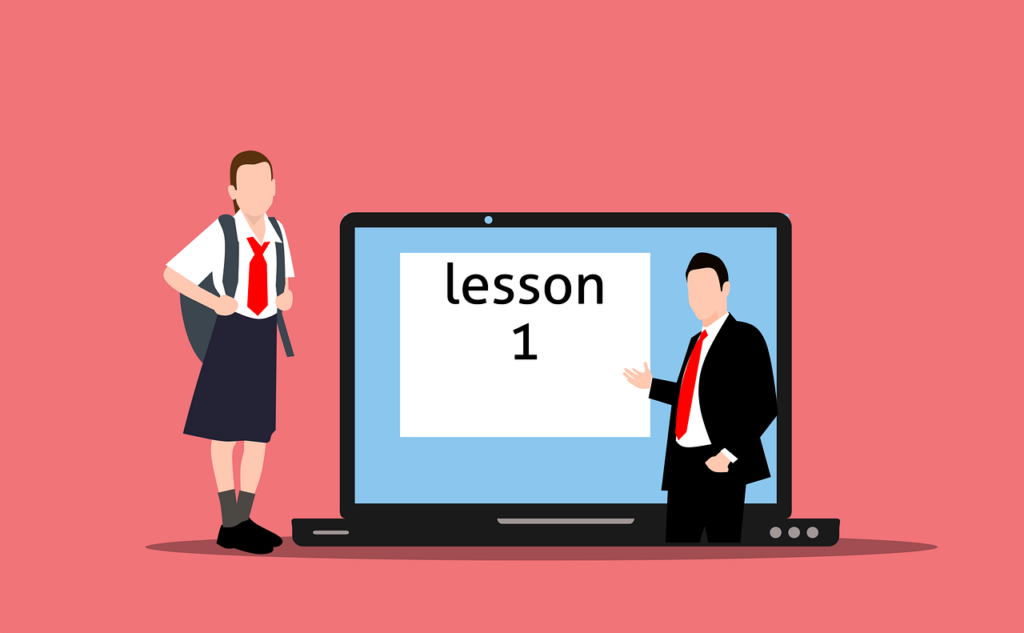What Went Wrong During Online Courses? And Five Things You Can Do About It.

Written by Noah Ringler, PFF Fellow and Doctoral Student, Positive Psychology.
COVID-19 upended the lives of people all over the world. For those of us in education, schools rapidly transitioned their courses online. Naturally, educators, students, and administrators found this task difficult as many of us did not have the knowledge or the time to create an online course that was pedagogically sound. While many of us have had personal experiences and have heard anecdotes regarding what went wrong with this process, it can be difficult to make overarching statements without empirical research.
Fortunately, over time, research has emerged detailing the student experience online. While these studies are few and have notable limitations, they can provide us with a starting point for enhancing the student experience during online courses; thus, I believe they are worthy of exploring in greater detail.
Del Arco and her colleagues (2021) published a study exploring the student experience during online courses. The researchers collected 893 self-report questionnaires from students across Spain. Based on these self-report measures, the researchers concluded that the student experience was marked by passivity and very little direct interaction between the teacher and student. Furthermore, students felt like teachers rarely checked in to gauge their emotional well-being. The researchers further elaborated that teachers primarily relied upon the same pedagogical techniques they used on the ground, showing little adaptability to the seismic shift that occurred due to the pandemic (del Arco et al., 2021).
Another study explored how COVID-19 impacted Indonesian students in math courses across high school (Siregar, 2020). High school students were asked to write about their experience in online classes during COVID-19. Students detailed several barriers to achieving significant learning. Most notably, the students felt that learning online was more difficult than face-to-face. Furthermore, the number of assignments given, lack of media used during lectures, and unstable internet connection made the process especially difficult.
While there are some caveats regarding how generalizable these findings are (e.g., sample size, location, course content), the conclusions of these studies align with many of the anecdotes I’ve heard from undergraduate and graduate students alike. Consequently, I believe such studies can help guide us towards creating a more equitable and inclusive classroom experience online.
Considering these findings, what can we do to enhance the student experience online?
- Be prepared to provide both synchronous and asynchronous modalities: A portion of students may not have a stable internet connection or be in a setting where they can actively engage with the course in real-time. To make a more equitable classroom, we should be prepared to cater our classes to all students. For a high-level breakdown of the differences between these two approaches, follow this link.
- Intentionally build community in your classroom: Both teachers and students have reported more difficulty fostering community during online courses. Without intentionally carving out time to build community in the classroom, we reduce the likelihood of students actively engaging with the material we present. The chronicle of higher education and faculty focus provides some ideas on how to foster community online.
- Emphasize transparency: Students frequently reported not fully understanding the purpose of the course and specific lesson plans. To better make the purpose of our classes clear, it is vital to emphasize transparency in all aspects of your course: design, assignments, participation. Additionally, it can be helpful to add anonymous comment boxes to your LMS so students can inform you when they don’t understand what is taking place in the course. For a more detailed breakdown of how to incorporate transparency you’re your class, visit the Transparency in Learning and Teaching website.
- Reduce the workload: Both empirically and anecdotally, it seems as though many educators assumed that the workload they used on-ground would translate online. Due to the nature of online classes and the pandemic, this was an unreasonable expectation. The next time you build a course online, try to distill your course down to the essentials, which should be identified through your student learning outcomes. Reducing the workload allows us to teach for learning rather than coverage.
- Frequently utilize active learning principles: While students already had difficulty engaging with online material, educators who frequently utilized passive learning strategies (i.e., lecture heavy courses) tended to have even more difficulty engaging their students. The use of media (ideally under 9 minutes), peer interaction, and active learning activities can enhance student engagement and make for a more enjoyable online experience for students and educators alike. PFF’s webinar “Promoting Active Learning Online” may assist those who are looking for some ideas.
References
- Del Arco, I., Flores, Ò., & Ramos-Pla, A. (2021). Structural Model to Determine the Factors That Affect the Quality of Emergency Teaching, According to the Perception of the Student of the First University Courses. Sustainability, 13(5), 2945.
- Siregar, G. M. A., & Siagian, M. D. (2021, May). Evaluation of online learning for mathematics education students. In Journal of Physics: Conference Series (Vol. 1882, No. 1, p. 012064). IOP Publishing.
Share